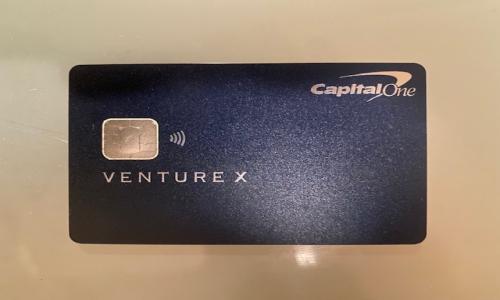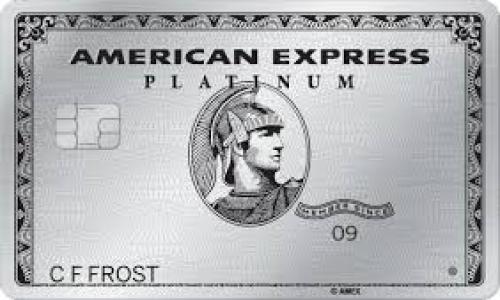 Chase launched Slate with Blueprint, a new credit card that provides carriers with some flexibility on how balances are repaid.
Chase launched Slate with Blueprint, a new credit card that provides carriers with some flexibility on how balances are repaid.
Blueprint consists of four distinct features:
- Full PaySM - Enables customers to decide which expenses they want to pay in full every month - items like groceries, gasoline, prescriptions - set those purchases aside and avoid paying interest by paying them in full each month.
- SplitSM - Provides customers a way to better manage larger purchases like home improvement projects or a new appliance. They can select the number of payments or monthly payment amount that works for them. Chase does the math and makes it clear on each statement so they can stay on track to meet their goals.
- Finish ItSM - Gives customers the flexibility to create a plan to pay down their current balance faster, allowing them to choose a goal date for pay-off. Chase does the math, calculating the monthly payments, sets up the plan and charts customers' progress toward achieving their goal on each monthly statement and online.
- Track ItSM - Provides customers a snapshot of all of their Chase card purchases. Customers can track their spending online by category whenever they want, not once a year like some card companies offer. Spending snapshots are available online daily allowing customers to track their progress toward achieving goals in real time.
Gordon Smith, the CEO of Chase Credit Cards had this to say: "Consumers want more control, simplicity and predictability when it comes to their finances. With Blueprint, customers can design their own plan to pay off balances sooner, save money by avoiding interest charges, and then easily track progress toward achieving their financial goals."
The card itself seems to work by integrating a credit card with balance and credit management tools. The biggest difference seems to be that consumers now have some flexiblity in choosing and managing their monthly payments. Chase figures that if someone decides on a longer repayment period, that just increases the interest they'll earn on the loan. If they choose a shorter period, that's fine with them also.
The card is launching with a 0%, 12-month APR intro fee. This intro rate is only available to consumers who have excellent credit. Most of the 20 million consumers who Chase feel are eligible to receive the card will most likely receive a higher intro rate.
If you use the card or have any insight on it, please share it below.









Comments
JohnnnyD
November 06, 2009
What Tomhawk says is NOT nonsensical, Regis. That's why Congress has been working for some time on reforms to credit card laws and regulations. These banks are much more savvy than the averge consumer on the terms and conditions that we sign up for. It can be VERY deceptive to use low introductory rates that soon give way to much higher rates that the average consumer couldn't predict when they signed up.
Is this review helpful? Yes:0 / No: 0
Anonymous
September 14, 2010
is the Slate blueprint card a business card, if it is it is not covered by the new laws that were passed. I'm still trying to find out- they also switched me. and the only reason I have a large balance on my credit card is my husband was in the hospitle and they would not releise him with out paying his co-pay. and if we would have just walked out then his insurance company would not pay the bill. by the way our co-pay was 17,000.00 what are you to do? as each extra day in hospitle is thousands of dollars taxed on the bill
Is this review helpful? Yes:0 / No: 0
Add your Comment
use your Google account
or use your BestCashCow account